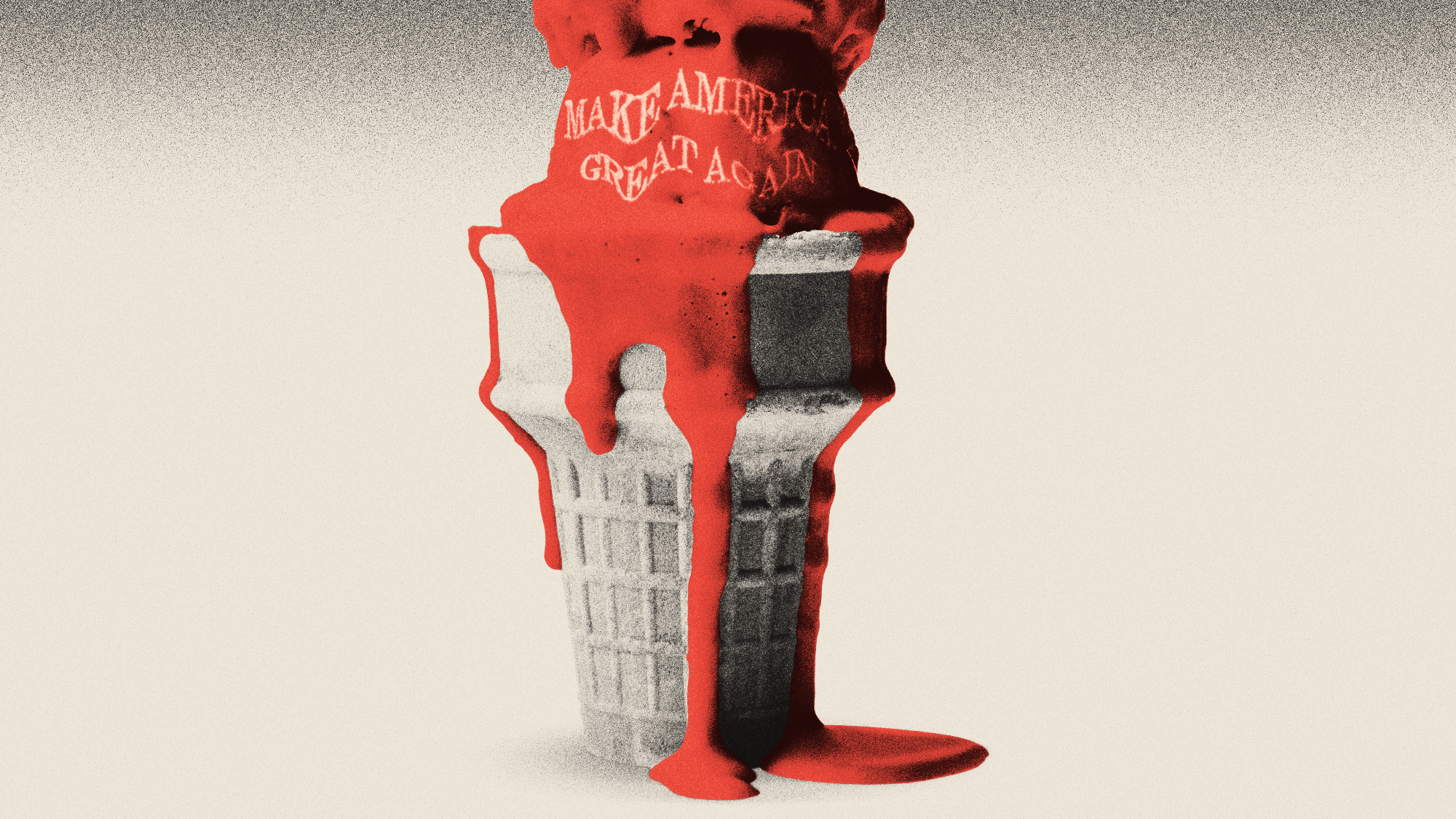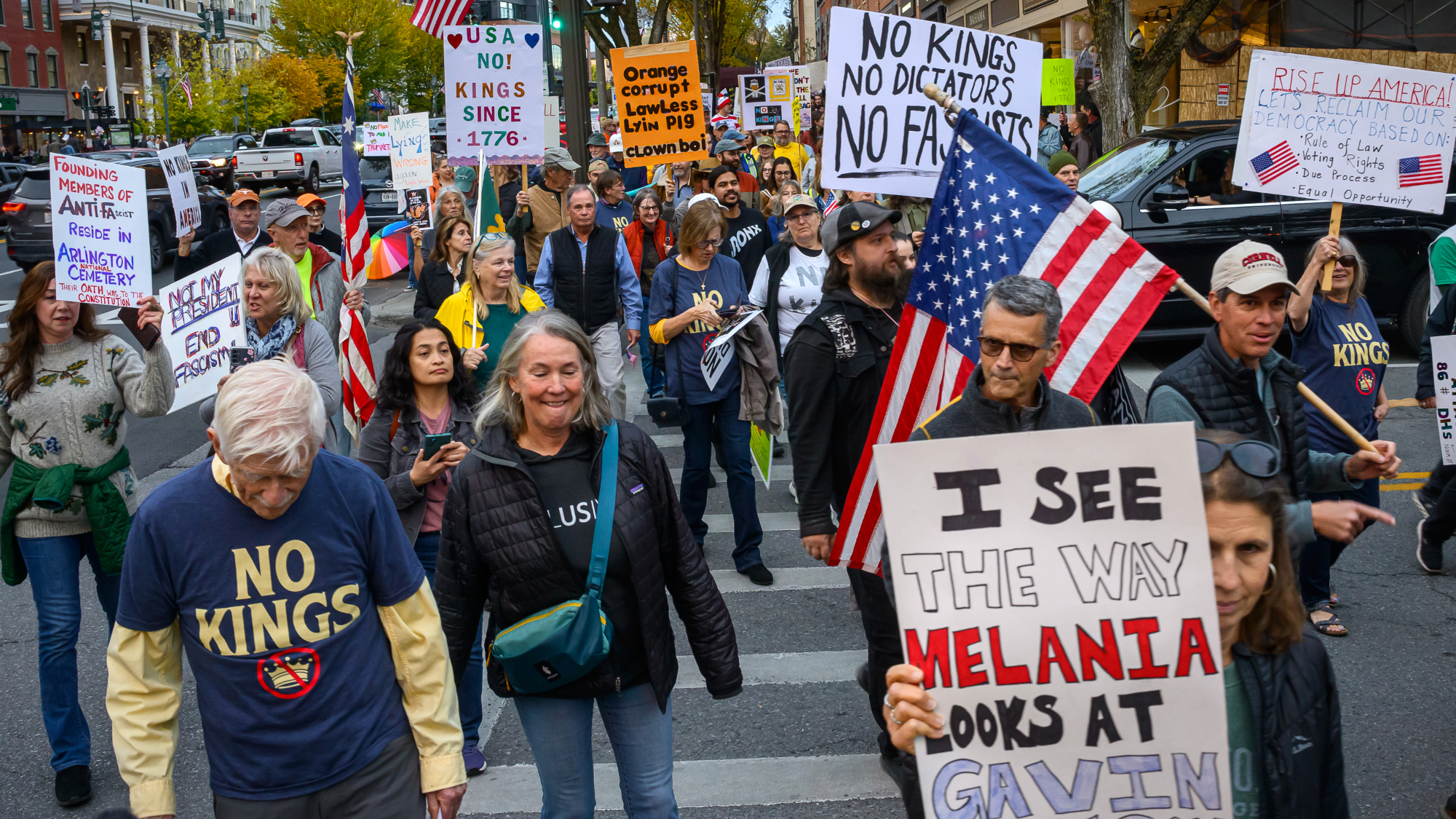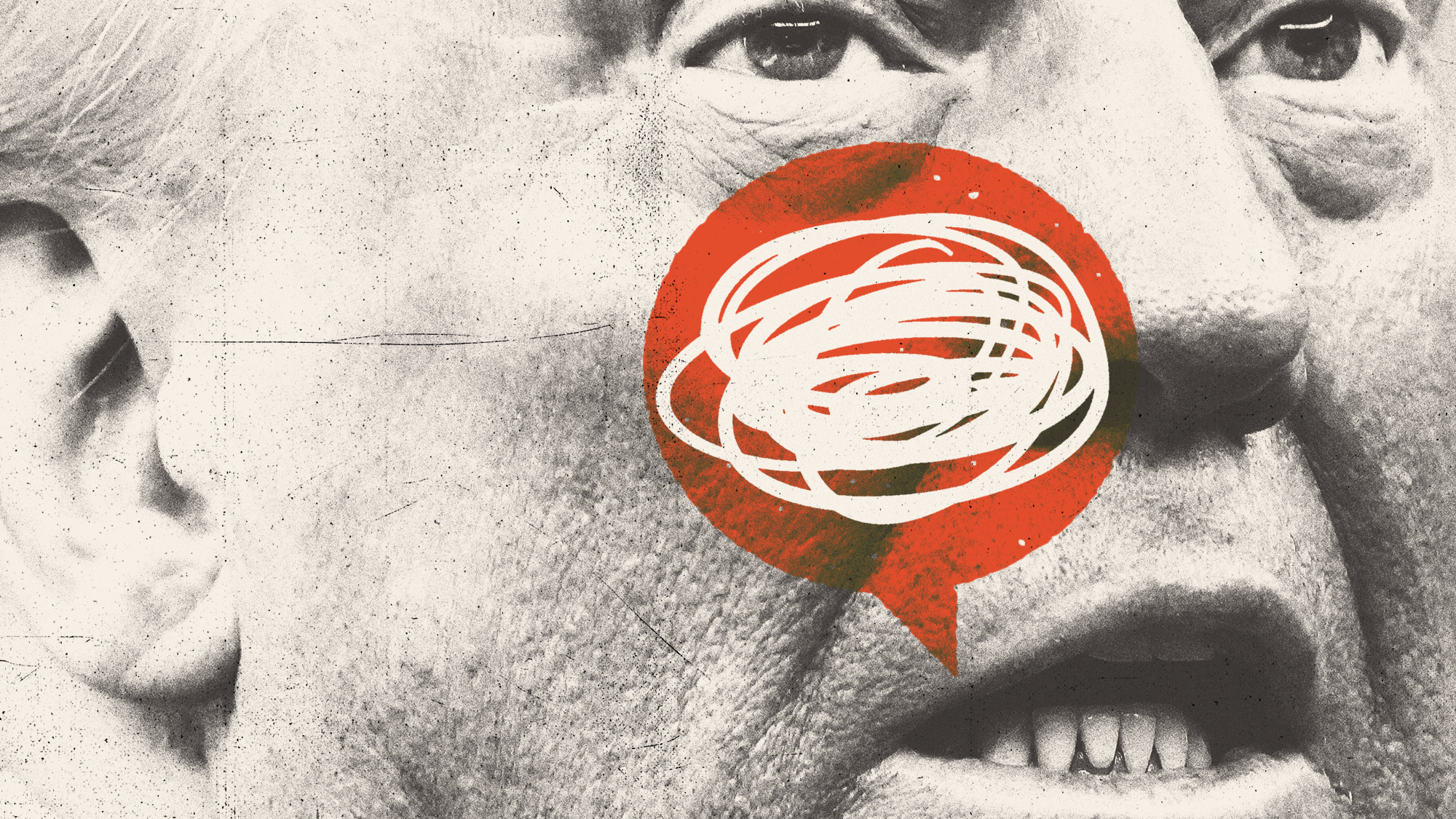The shutdown’s toll
The impact of the first partial government shutdown in 17 years rippled across the nation.
The impact of the first partial government shutdown in 17 years rippled across the nation this week as federal agencies and parks were shuttered, and around 800,000 federal employees deemed “non-essential” were sent home without pay. More than 400 national parks and attractions—-including the Statue of Liberty and the Grand Canyon—were closed to the public. Food-safety inspections were cut back, and the National Institutes of Health announced that for every week of the shutdown, it would have to turn away about 10 children seeking cancer treatment. “It’s heartbreaking,” said NIH Director Francis Collins. The Centers for Disease Control and Prevention, meanwhile, said it had furloughed scientists who study and track disease outbreaks. “I am losing sleep because we don’t know if we’ll be able to find and stop things that might kill people,” said CDC Director Tom Frieden.
But “most essential government services (and many that are not) will continue to function as usual,” said Michael Tanner in NationalReview.com. The U.S. Postal Service will keep delivering mail, and air traffic controllers will stay on the job, as will FBI employees. Seniors will still receive Social Security and Medicare benefits, and uniformed soldiers will get their paychecks. This is really less of a government shutdown and more of a much-needed downsizing.
The economic damage caused by this shutdown can’t be so easily dismissed, said Ezra Klein in WashingtonPost.com. The government estimates that the 28-day shutdown of 1995–96 cost around $2 billion in today’s dollars. But that didn’t account for “the lost value of work that wasn’t done, or the $300 million the federal parks would have taken in, or the reduced pace of IRS audits.”
The Week
Escape your echo chamber. Get the facts behind the news, plus analysis from multiple perspectives.

Sign up for The Week's Free Newsletters
From our morning news briefing to a weekly Good News Newsletter, get the best of The Week delivered directly to your inbox.
From our morning news briefing to a weekly Good News Newsletter, get the best of The Week delivered directly to your inbox.
The pain for “basically everyone” will only increase as the shutdown drags on, said Tim Murphy in MotherJones.com. The housing market could suffer a blow, as the Federal Housing -Administration, which guarantees 30 percent of home -mortgages, isn’t approving new loans. Students could see their loans and Pell Grants delayed thanks to cutbacks at the Department of Education. Some 9 million at-risk mothers and children could go hungry as federal food assistance programs run out of cash. Members of Congress, though, will continue receiving their salaries.
A free daily email with the biggest news stories of the day – and the best features from TheWeek.com
-
 Metaverse: Zuckerberg quits his virtual obsession
Metaverse: Zuckerberg quits his virtual obsessionFeature The tech mogul’s vision for virtual worlds inhabited by millions of users was clearly a flop
-
 Frank Gehry: the architect who made buildings flow like water
Frank Gehry: the architect who made buildings flow like waterFeature The revered building master died at the age of 96
-
 Is MAGA melting down?
Is MAGA melting down?Today's Big Question Candace Owens, Tucker Carlson, Laura Loomer and more are feuding
-
 Has Zohran Mamdani shown the Democrats how to win again?
Has Zohran Mamdani shown the Democrats how to win again?Today’s Big Question New York City mayoral election touted as victory for left-wing populists but moderate centrist wins elsewhere present more complex path for Democratic Party
-
 Millions turn out for anti-Trump ‘No Kings’ rallies
Millions turn out for anti-Trump ‘No Kings’ ralliesSpeed Read An estimated 7 million people participated, 2 million more than at the first ‘No Kings’ protest in June
-
 Ghislaine Maxwell: angling for a Trump pardon
Ghislaine Maxwell: angling for a Trump pardonTalking Point Convicted sex trafficker's testimony could shed new light on president's links to Jeffrey Epstein
-
 The last words and final moments of 40 presidents
The last words and final moments of 40 presidentsThe Explainer Some are eloquent quotes worthy of the holders of the highest office in the nation, and others... aren't
-
 The JFK files: the truth at last?
The JFK files: the truth at last?In The Spotlight More than 64,000 previously classified documents relating the 1963 assassination of John F. Kennedy have been released by the Trump administration
-
 'Seriously, not literally': how should the world take Donald Trump?
'Seriously, not literally': how should the world take Donald Trump?Today's big question White House rhetoric and reality look likely to become increasingly blurred
-
 Will Trump's 'madman' strategy pay off?
Will Trump's 'madman' strategy pay off?Today's Big Question Incoming US president likes to seem unpredictable but, this time round, world leaders could be wise to his playbook
-
 Democrats vs. Republicans: who are US billionaires backing?
Democrats vs. Republicans: who are US billionaires backing?The Explainer Younger tech titans join 'boys' club throwing money and support' behind President Trump, while older plutocrats quietly rebuke new administration